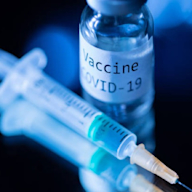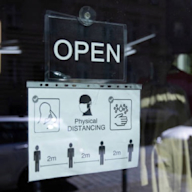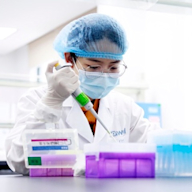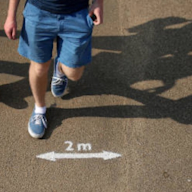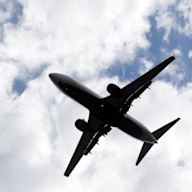Yahoo Web Search
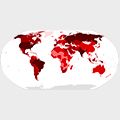 COVID-19 pandemic
COVID-19 pandemicPublic Health Emergency
The COVID-19 pandemic, also known as the coronavirus pandemic, is an ongoing pandemic of coronavirus disease 2019 (COVID-19) caused by severe acute respiratory syndrome coronavirus 2 (SARS-CoV-2). It was first identified in December 2019 in Wuhan, China. wikipedia.org
- Coronavirus disease 2019 (COVID-19)
- Severe acute respiratory syndrome coronavirus 2 (SARS-CoV-2)
- December 2019 - present
- Symptoms may appear 2-14 days after exposure to the virus. People with these symptoms may have COVID-19: Cough, shortness of breath or difficulty breathing, fever, chills, muscle pain, sore throat, new loss of taste or smell.
- The median incubation period for COVID-19 is four to five days. Most symptomatic people experience symptoms within two to seven days after exposure.
- Human-to-human transmission via respiratory droplets
- Avoiding close contact with sick individuals; frequently washing hands with soap and water; not touching the eyes, nose, or mouth with unwashed hands; and practicing good respiratory hygiene
Searches related to COVID-19 wikipedia

